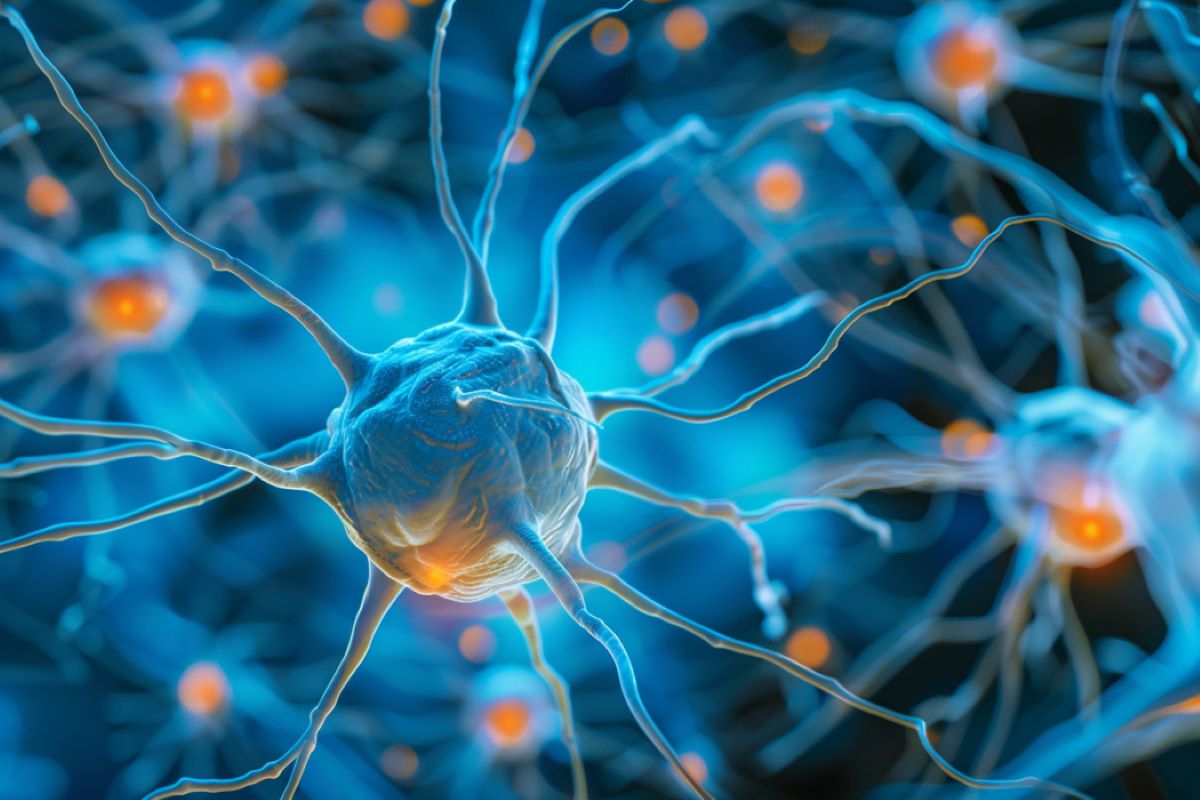Fitness
ALS Study Reveals Subtypes and Promising Drug Target – Neuroscience News

Summary: Researchers identified four subtypes of ALS, which could lead to more effective, personalized treatments. The study also highlights significant molecular differences between men and women with ALS.
A promising drug target, the MAPK signaling pathway, was identified, which could lead to new therapies. These findings bring us closer to understanding and treating this fatal neurodegenerative disease.
Key Facts:
- Four ALS Subtypes: ALS can be divided into subtypes with different molecular mechanisms.
- Gender Differences: Significant molecular differences were found between men and women with ALS.
- Drug Target: The MAPK signaling pathway is a promising target for new ALS treatments.
Source: TUM
Amyotrophic lateral sclerosis, ALS for short, is a mysterious neurodegenerative disease that is almost always fatal.
A consortium of researchers led by the Technical University of Munich (TUM) has systematically investigated the underlying molecular mechanisms of ALS. Among other things, the team discovered that ALS can be divided into subtypes.
Depending on the subtype, different drugs could be effective. There are also clear differences in the molecular processes when comparing men and women. Furthermore, the researchers identified a promising target for new drugs against ALS.
The molecular processes in the body that cause ALS patients to increasingly lose control of motor functions are still poorly understood. Previous studies have been limited to individual aspects of the underlying molecular processes.
A consortium led by Prof. Paul Lingor, a neurologist at TUM, has investigated ALS using a so-called “multi-omics” approach. The researchers mapped both coding and non-coding RNA molecules and the entirety of the proteins.
Four subtypes
A key finding of the study is that ALS can be roughly divided into four subtypes.
“You can’t distinguish between these variants based on the clinical symptoms,” says Paul Lingor, who, together with other researchers is part of the SyNergy Cluster of Excellence investigating neurodegenerative diseases.
“However, very different things happen at the molecular level. This means that an active substance that is ineffective in one ALS subtype may well be helpful in another. Previous clinical studies could only look at the effects across all patients and may not have identified substances effective for an individual subtype.”
While in one common subtype genes associated with inflammatory processes and immune responses were affected, in another there were mainly disturbances in the transcription of DNA into RNA molecules. In two others, different signs of oxidative stress were found in the cells. The researchers assume that the ALS subtype may change over the course of the disease.
Promising drug identified
Men develop ALS around 1.2 times more frequently than women. The breakdown of the molecular processes also revealed clear differences between the sexes. While the four subtypes appear to occur equally frequently in both sexes, the researchers found a significantly larger number of altered gene products in men.
From the researchers’ point of view, this could mean that men and women will have to be treated differently in future.
Through the multi-omics analysis, the researchers also identified a signaling pathway that could be a particularly suitable target for new drugs against ALS.
“This signaling pathway, MAPK, is well described in neurobiology and plays a role in various, although by no means all, processes in ALS,” says Prof. Stefan Bonn, co-last author of the study and Director of the Institute for Medical Systems Biology at the University Medical Center Hamburg Eppendorf (UKE).
From the researchers’ point of view, it would therefore be promising to repurpose an approved cancer drug that acts on MAPK for ALS.
Basis for future studies
The study is based on tissue samples from deceased ALS patients and additional investigations using mouse models of the disease.
“An important next step is to find a way to determine the ALS subtype of patients while they are still alive – we are currently working on this,” says Paul Lingor.
“We believe that our study made an important contribution to the search for causes and therapies for ALS. Our findings have brought us a good deal closer to a more personalized and, therefore, more effective therapy.”
About this ALS research news
Author: Paul Hellmich
Source: TUM
Contact: Paul Hellmich – TUM
Image: The image is credited to Neuroscience News
Original Research: Open access.
“Multiomic ALS signatures highlight subclusters and sex differences suggesting the MAPK pathway as therapeutic target” by Paul Lingor et al. Nature Communications
Abstract
Multiomic ALS signatures highlight subclusters and sex differences suggesting the MAPK pathway as therapeutic target
Amyotrophic lateral sclerosis (ALS) is a debilitating motor neuron disease and lacks effective disease-modifying treatments. This study utilizes a comprehensive multiomic approach to investigate the early and sex-specific molecular mechanisms underlying ALS.
By analyzing the prefrontal cortex of 51 patients with sporadic ALS and 50 control subjects, alongside four transgenic mouse models (C9orf72-, SOD1-, TDP-43-, and FUS-ALS), we have uncovered significant molecular alterations associated with the disease. Here, we show that males exhibit more pronounced changes in molecular pathways compared to females.
Our integrated analysis of transcriptomes, (phospho)proteomes, and miRNAomes also identified distinct ALS subclusters in humans, characterized by variations in immune response, extracellular matrix composition, mitochondrial function, and RNA processing. The molecular signatures of human subclusters were reflected in specific mouse models.
Our study highlighted the mitogen-activated protein kinase (MAPK) pathway as an early disease mechanism.
We further demonstrate that trametinib, a MAPK inhibitor, has potential therapeutic benefits in vitro and in vivo, particularly in females, suggesting a direction for developing targeted ALS treatments.


)






